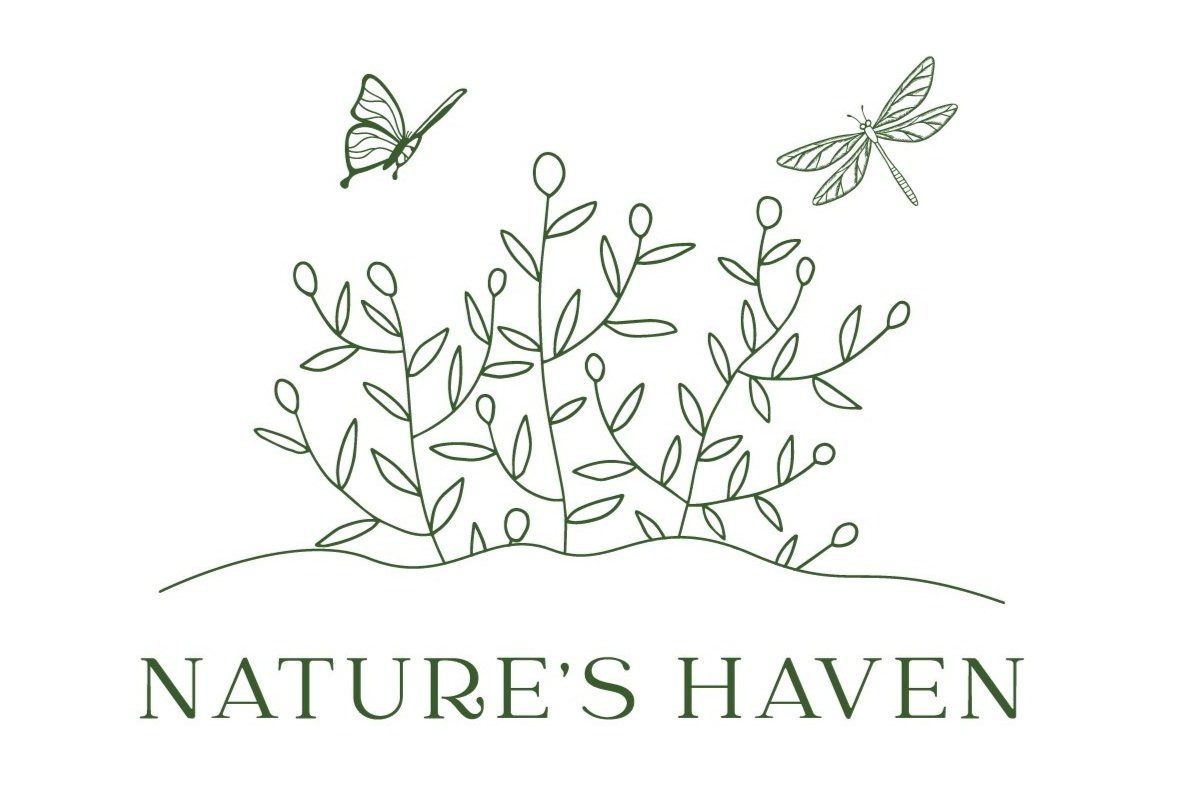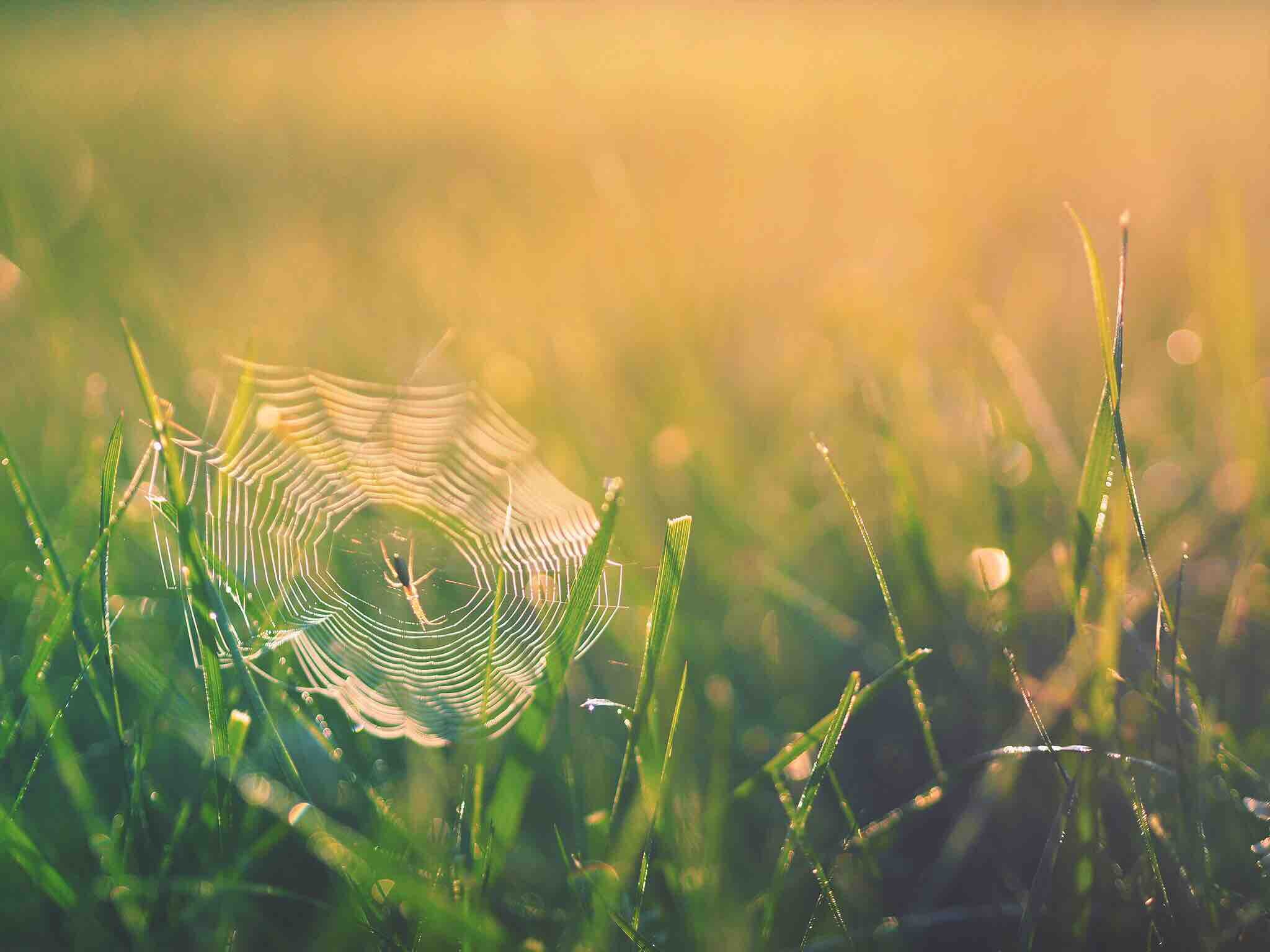What You Can Do
“There can be no purpose more inspiring than to begin the age of restoration, reweaving the wondrous diversity of life that still surrounds us.”
1
Shrink the Lawn - a non-contributing monoculture which compacts the soil and takes valuable space away from our ecosystem. It is great for walking on, but otherwise, try to limit it as much as possible.
Remove Invasive Species - and immediately replace with native plants. Otherwise, non-natives will move right back in. Nature does not like a vacuum (bare dirt).
2
3
Plant native plants that are native to your ecoregion. Make sure to include Keystone Plants - these are the 5% of native plants that support 90% of the biolife.
4
Be Generous and Diversify. The more abundance and plant diversity the better. A tree all by itself doesn’t offer much, but multiple trees planted together can intertwine roots and support each other. A greater number of plant varieties will result in a greater number of species. Let’s not forget to plant for specialist pollinators. The generalists will use these plants too so you are planting for both.
Reference: Tallamy, D. 2019. Nature’s Best Hope: A New Approach to Conservation That Starts in Your Yard. Portland, OR: Timber Press.
5
Avoid using anything that ends in -cides; pesticides, herbicides, rodenticides, etc. So much happens underground that you need to avoid introducing any poisons onto your property. The last thing you want to do is poison your plants, your land or the creatures that reside there.
This includes fertilizers. All native plants need are soils rich in organic matter and suffer from synthetic fertilizers which end up in our waterways.
Control our human-made impacts:
Cover any “death traps” we create. Whether it’s a window well or irrigation distribution box, animals can fall down in there and then can’t get out. Put a cover over it.
Our outdoor lights at night affect bird migration paths, the flight paths of bats and kills thousands of moths. Leave lights off when you can or better yet? Switch to motion sensor lights.
Build Native Pollinator Hotels. Instead of one large one, have multiple smaller ones spaced around your property.
Mow as little as possible and when you do need to mow, have your blades set to the highest setting you can tolerate.
6
Build soft landings. 9 out of 10 caterpillars will leave the tree to pupate, either burrowing into the ground or dwelling into a piece of dead wood. Give them more than a compacted lawn as their choice - plant native plants and groundcover, have some rocks and even some pieces of dead wood. And best of all - leave the leaf litter.
7
Spread the word.
Backyard Habitat Certification
National Wildlife Federation Certification - Homeowners can certify with both the National Wildlife Federation and the state Department of Fish and Wildlife simultaneously. A $15 fee covers the NWF certification and a subscription to its quarterly newsletter, Habitats. An extra $5 adds the state certification. The NWF fee also includes a year’s subscription to the National Wildlife magazine.
8
In Nature’s Best Hope, Tallamy goes into great depth what has happened to our Ecosystem and what we might do to recover it.
We sell it at Nature’s Have or you can buy it here: Amazon
Check out Tallamy’s website here: Homegrown National Park
To learn more about Pacific Northwest native plants, check out Real Gardens Grow Natives by Eileen Stark or check out her website here.

















